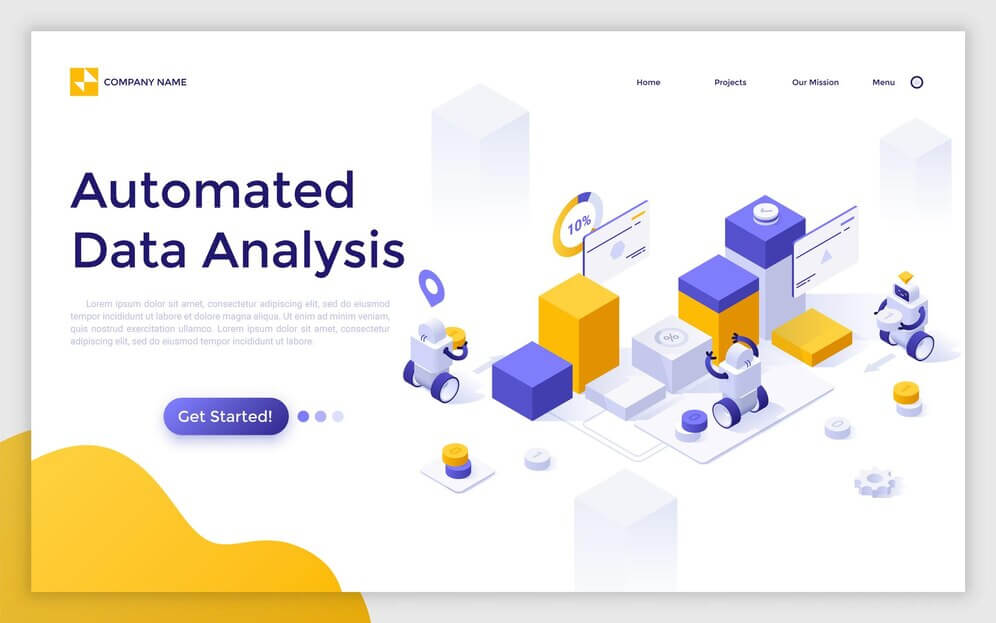In today’s data-driven world, businesses are constantly collecting and generating vast amounts of information. This data holds immense potential for enhancing business operations, improving decision-making, and gaining a competitive edge. However, manually processing and analyzing such large volumes of data is a daunting task, often leading to delays, inefficiencies, and inaccurate insights.
Automated data processing (ADP) has emerged as a transformative solution, empowering businesses to harness the power of data without the limitations of manual processes. ADP utilizes advanced technologies, such as artificial intelligence (AI), machine learning (ML), and robotic process automation (RPA), to automate data collection, cleaning, transformation, analysis, and reporting.
Benefits of Automated Data Processing
The adoption of ADP offers a multitude of benefits that revolutionize business efficiency and decision-making:
- Enhanced Efficiency and Productivity: ADP eliminates the time-consuming and error-prone tasks of manual data processing, freeing up employees to focus on higher-value activities, such as strategic planning, innovation, and customer engagement.
- Improved Data Quality and Accuracy: ADP utilizes intelligent algorithms and data cleansing techniques to identify and correct data errors, inconsistencies, and missing values. This ensures that businesses are working with reliable, high-quality data for accurate analysis and decision-making.
- Real-time Insights and Analytics: ADP enables businesses to extract real-time insights from their data, providing them with up-to-date information on customer behavior, market trends, operational performance, and financial metrics. This allows for proactive decision-making, risk mitigation, and optimization of business strategies.
- Scalability and Flexibility: ADP solutions are designed to scale effortlessly as businesses grow and data volumes increase. This flexibility ensures that businesses can continue to leverage the power of data without being constrained by outdated infrastructure or limited processing capacity.
- Reduced Costs and Improved Resource Allocation: ADP automates repetitive and labor-intensive tasks, reducing the need for manual labor and associated costs. This allows businesses to reallocate resources towards more strategic initiatives and growth opportunities.
Applications of Automated Data Processing
ADP has a wide range of applications across various industries and business functions, including:
- Customer Relationship Management (CRM): ADP automates customer data management, segmentation, and analysis, enabling businesses to personalize marketing campaigns, improve customer service, and identify upselling or cross-selling opportunities.
- Supply Chain Management: ADP optimizes supply chain operations by automating inventory management, demand forecasting, and logistics planning. This helps businesses reduce costs, improve delivery times, and minimize supply chain disruptions.
- Financial Management: ADP automates financial data processing, analysis, and reporting, enabling businesses to gain real-time insights into financial performance, identify spending patterns, and make informed financial decisions.
- Risk Management: ADP automates data analysis to identify and assess potential risks, such as fraud, cyberattacks, and financial irregularities. This allows businesses to take proactive measures to mitigate risks and protect their assets.
- Business Intelligence and Decision Support: ADP provides businesses with a comprehensive understanding of their data, enabling them to make data-driven decisions that optimize operations, enhance customer satisfaction, and drive business growth.
Implementing Automated Data Processing
To successfully implement ADP, businesses should follow these key steps:
- Identify Data Sources and Objectives: Clearly define the data sources and the specific objectives that ADP will help achieve.
- Choose the Right ADP Solution: Evaluate and select an ADP solution that aligns with the business’s data needs, technical expertise, and budget.
- Data Preparation and Integration: Ensure that data is properly formatted, cleaned, and integrated into the ADP system.
- Develop Automation Rules and Workflows: Define the rules and workflows that will automate data processing tasks.
- Testing and Deployment: Thoroughly test the ADP system to ensure accurate and reliable data processing before deploying it to production.
- Monitoring and Continuous Improvement: Continuously monitor the performance of the ADP system and make adjustments as needed to optimize efficiency and effectiveness.
Conclusion
Automated data processing is a game-changer for businesses of all sizes, empowering them to harness the power of data to improve efficiency, enhance decision-making, and gain a competitive edge. By embracing ADP, businesses can transform their operations, drive innovation, and achieve their strategic goals.















Thanks for sharing. I read many of your blog posts, cool, your blog is very good.